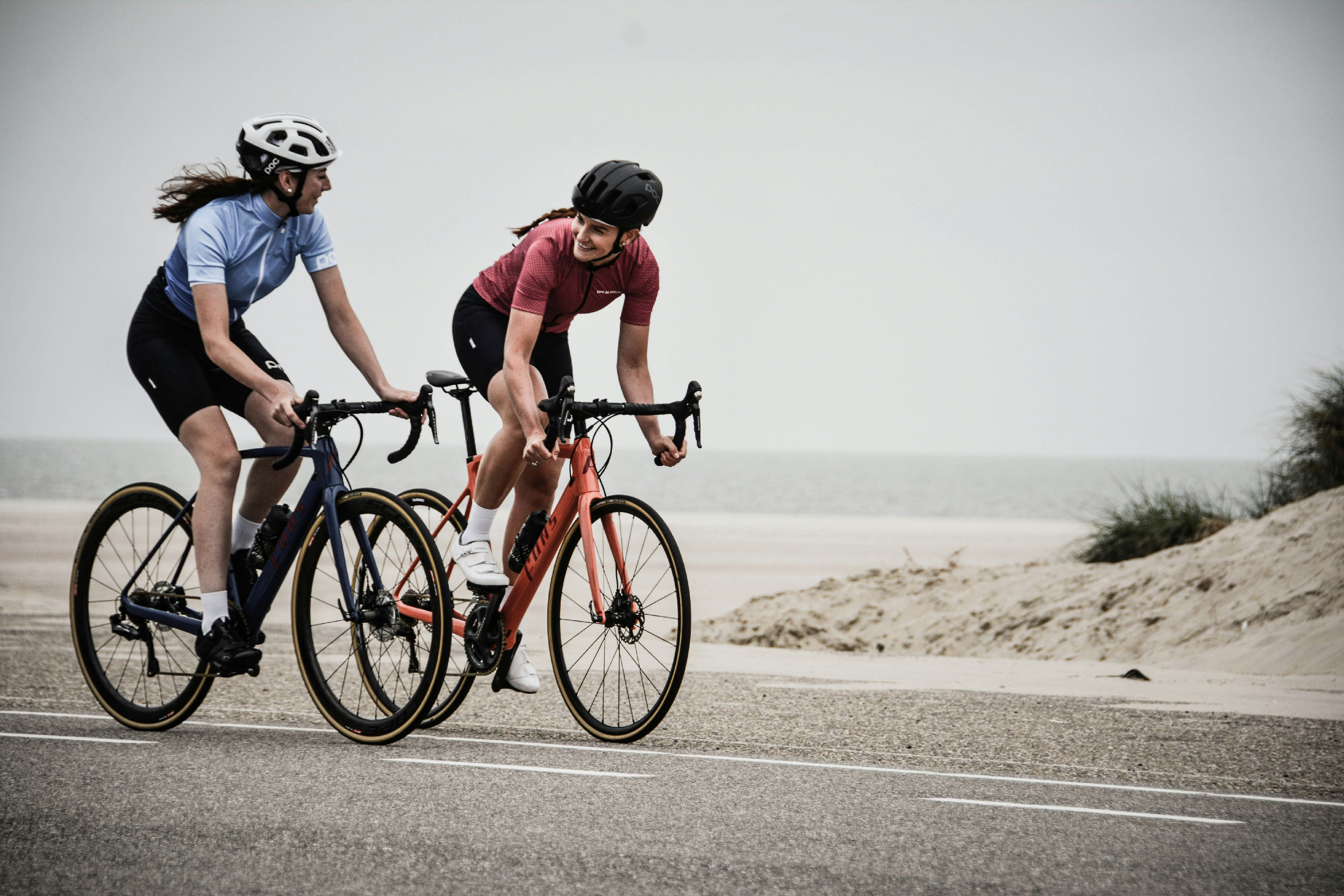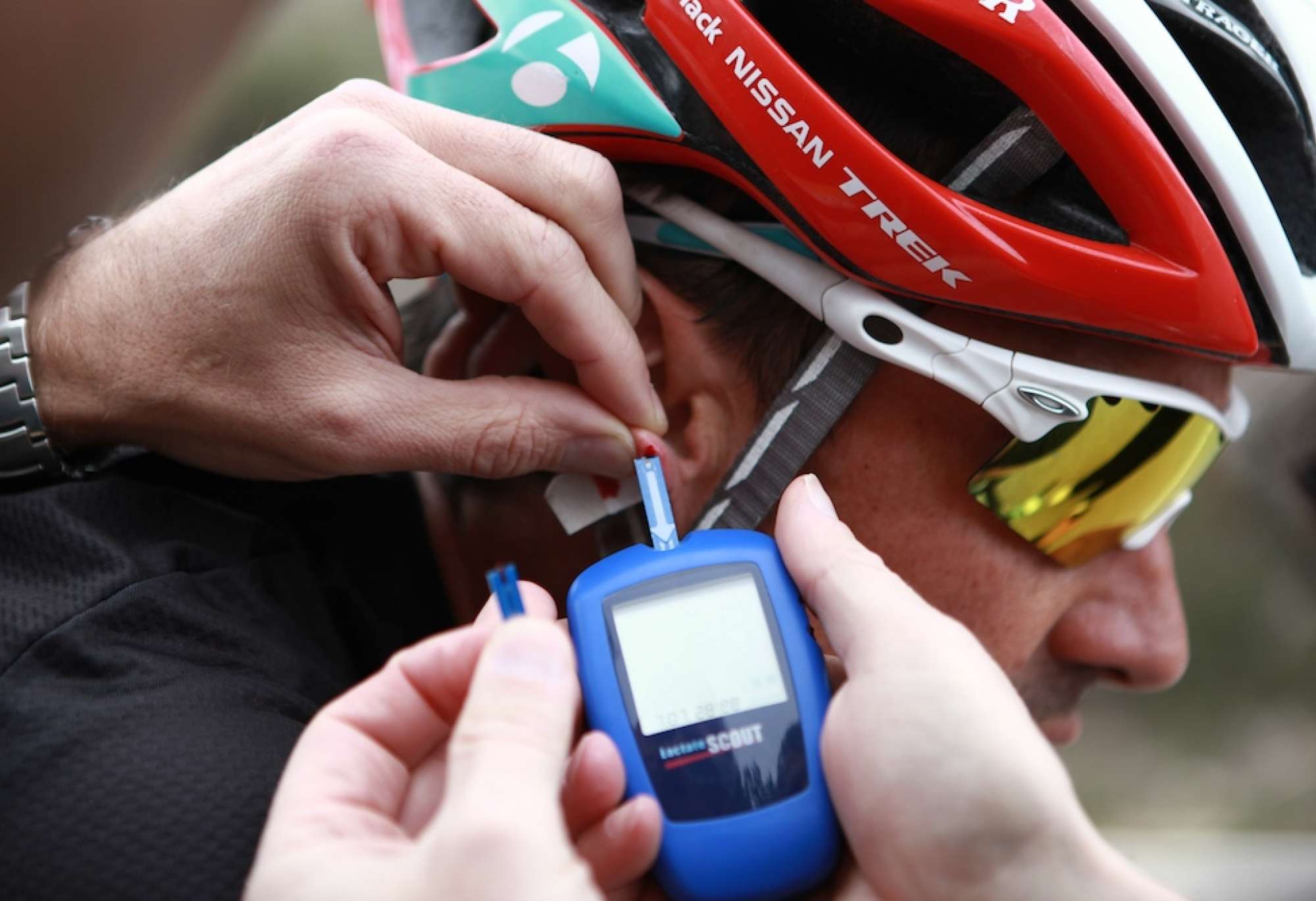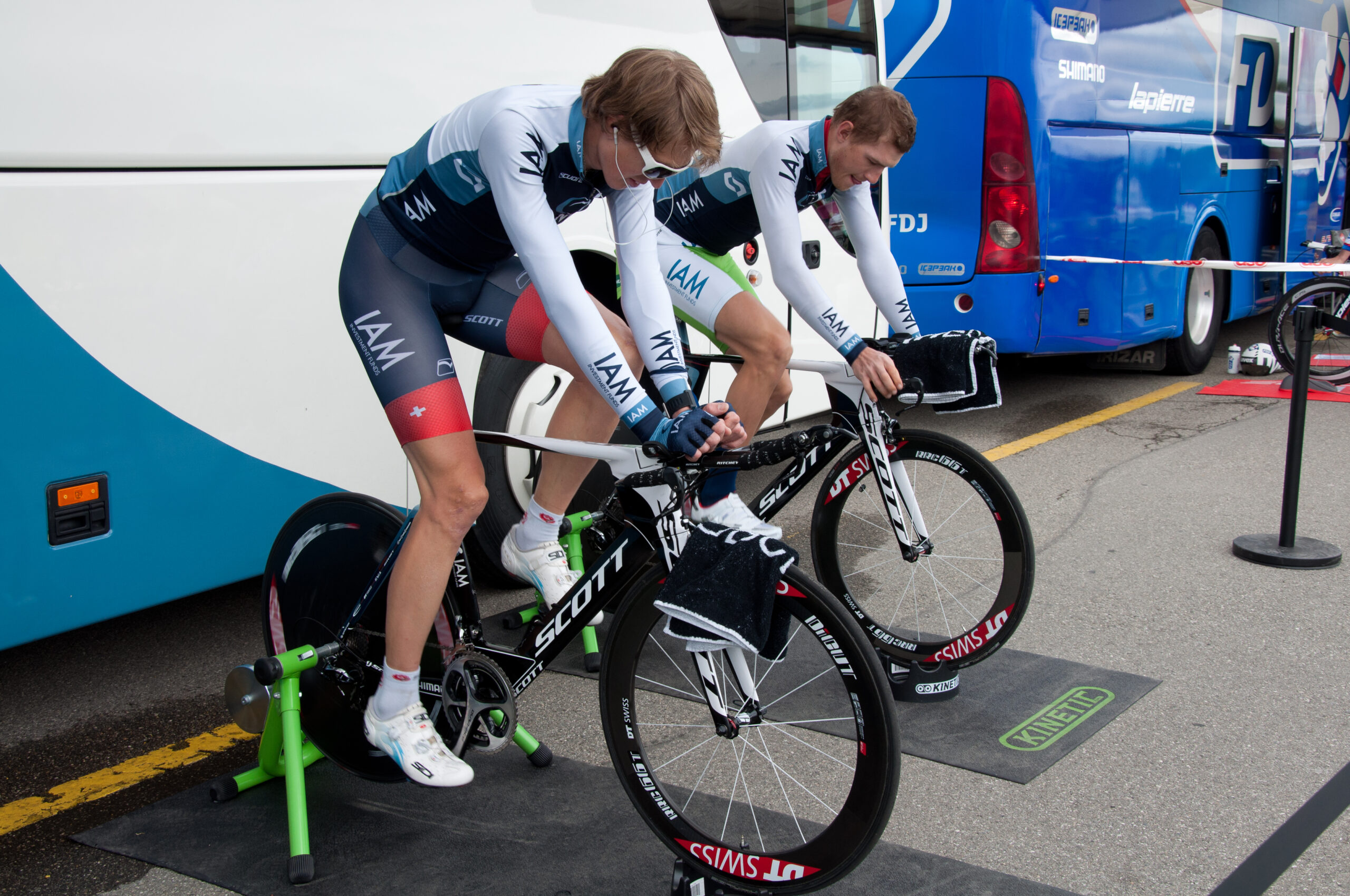
Aerobic threshold or ventilatory threshold 1
Continuing with the previous post, We will write about one of the first physiological milestones of our metabolism: The aerobic threshold.
Before entering this aerobic threshold we must focus mainly on locating it on our metabolism, For this if we look at the Three -phase McLellan and Skinner model (1980) That there is in the image of this entry we can talk that the aerobic threshold would be the end of phase I of the scheme.
The main characteristics of this phase I of the Skinner and McLellan model are:
- Predominant consumption is through the oxidation of fats (until 90% of the total energy of this phase).
- Muscle fibers implicated son of type L (the most oxidative and with less excitement).
- There will be a linear and proportional increase in the volume of oxygen and carbon dioxide as we go inside in the phase, approaching the aerobic threshold or ventilatory threshold 1 (VT1).
- An increase in cardiac spending appears thanks to an increase in heart rate but at the same time, A progressive increase in systolic volume being the latter stable from the end of phase L.
Once we reach the "limit" of this phase, That is the VT1 about Umbran aerobico There are a number of physiological changes that do not happen at the beginning of this phase such as:
- Force requirements are excessive for type I fibers, so it begins to recruit simultaneously For the first time the lla fibers.
- For the recruitment of these fibers, anaerobic glycolysis is activated to provide additional ATP to the oxidative route and it generates for the 1st time as a product of this reaction the lactate.
- This little lactate that is produced is buffered using bicarbonate.
- As intensity increases, The energy path goes from fat to carbohydrates.
Therefore, we will be able to locate the VT1 or aerobic threshold in trained cyclists between the 54 and 60% of the maximum oxygen volume (VO2MAX.) and between him 84-88% of its anaerobic threshold.
The limiting factors of this to constant intensity will be related to the energy availability of glycogen and/or by the environmental conditions where the subject is performing the exercise (moisture, temperature, ventilation) and adequate fluid replacement that in this case, The limiting factor would become dehydration, the increase in internal temperature and heart drift that can cause.
Continuously train this VT1, priority adaptations of aerobic efficiency are produced as well as an optimization of oxidation of fats and an increase in their deposits inside the muscle fiber in the form of intramuscular triglycerides (Seiler et. al. 2009).
Taking into account that it is the first important physiological milestone of our metabolism, It is very important to work well this energy path in certain modalities of cycling, especially in long distance tests but at the same time, Do not neglect it in much shorter.
Follow a good determination of this VT1 precisely, a correct progression and an increase in volume in time in zone It will also determine the success of the adaptations that will produce to this first physiological milestone.
Bibliography:
Skinner, J. S., & Mclellan, T. H. (1980). The transition from aerobic to anaerobic metabolism. Research quarterly for exercise and sport, 51(1), 234-248.
Maximum lactate at steady state
Recomming the physiological milestones of our metabolism, we will write to you on the max
Mechanical efficiency
Mechanical efficiency is the relationship between useful energy and energy consumed, in other pa
Changes with heat
We are at a time of year when there are changes in temperature... What can happen? Lately





